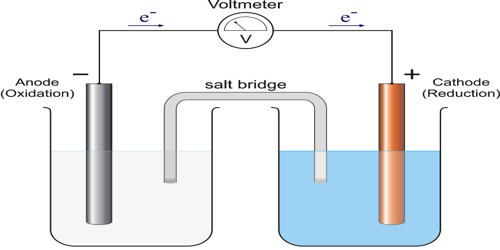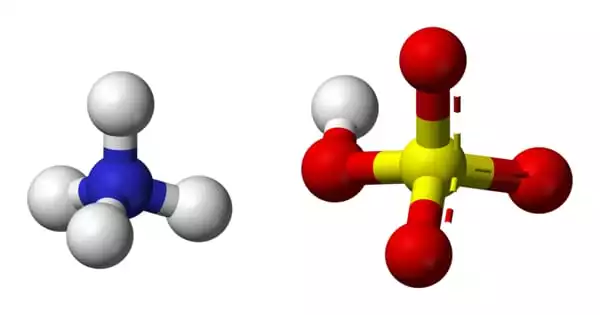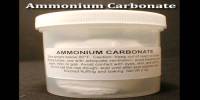Silicon Dioxide
Definition
Silicon dioxide is a chemical compound that is the main constituent of most of the Earth’s rocks. Silica occurs naturally in five crystalline forms (quartz, tridymite, cristobalite, coesite, and stishovite), in a cryptocrystalline form (chalcedony), and in an amorphous form (opal). It is necessary for healthy bones, skin, hair and nails. Silicon dioxide is often added to processed foods to keep them fresh and appetizing.
![]()
In many parts of the world, silica is the major constituent of sand. Silica is one of the most complex and most abundant families of materials, existing both as several minerals and being produced synthetically.
The most common form of crystalline silica is called quartz, which is found in the rocks and sand that make up 90 percent of the Earth’s crust. Silica, or silicon dioxide, is found in a variety of forms in our environment, as it is ubiquitous. It is naturally found in the earth, in our body tissues and in our food. It is also the main chemical compound in sand. Silica is used to make glass, concrete, and other materials.
Properties of Silicon Dioxide
The growth of silicon dioxide is one of the most important processes in the fabrication of MOS transistors. The attributes of SiO2 which make it appealing for the semiconductor industries are:
![]()
It is easily deposited on various materials and grown thermally on silicon wafers.
It is resistant to many chemicals used during the etching of other materials, while allowing it self to be selectively etched with certain chemicals or dry-etched with plasmas.
It can be used as a blocking material for ion implantation or diffusion of many unwanted impurities.
The interface between silicon and silicon dioxide has relatively few mechanical and electrical defects, although with newer technology nodes and reduced geometries, even slight defects must be addressed.
It has a high dielectric strength and a relatively wide band gap, making it an excellent insulator.
It has high a temperature stability of up to 1600oC, making it a useful material for process and device integration.
![]()
Uses of Silicon Dioxide
Silica nanoparticles are used by many industries including the drug, cosmetic and food industries. It is used primarily in the production of glass for windows, drinking glasses, beverage bottles, and many other uses. The majority of optical fibers for telecommunication are also made from silica. It is a primary raw material for many ceramics such as earthenware, stoneware, and porcelain. Most commercially used silica is created by crushing or milling it from natural sources. Depending on its form, amorphous silica has a wide range of physicochemical properties. Just as it appears in multiple forms, it has a variety of uses and can be found in many products. Its appearance in food can be due to multiple reasons. Amorphous silica is used as a supplement additive as an anti-caking agent, since silica absorbs excess moisture and prevents ingredients from sticking together when supplements are exposed to moist or humid conditions without interfering with the active ingredients. It can also be used as a food additive as a carrier of flavors and fragrances. Silicon dioxide and silica gel are used as pesticides, so it may be found in food due to exposure to crops, food handling and food preparation.
A silica-based aerogel was used in the Stardust spacecraft to collect extraterrestrial particles. Silica is also used in the extraction of DNA and RNA due to its ability to bind to the nucleic acids under the presence of chaotropes. Hydrophobic silica is used as a defoamer component. In hydrated form, it is used in toothpaste as a hard abrasive to remove tooth plaque.
![]()
Health Effects of Silicon Dioxide
Crystalline silica dust can lead to silicosis, bronchitis, or cancer, as the dust becomes lodged in the lungs and continuously irritates the tissue, reducing lung capacities. It is used in hydraulic fracturing of formations which contain tight oil and shale gas, a use which presents a health hazard to workers. Silica exposure has also been associated with rheumatoid arthritis, small vessel vasculitis, autoimmune diseases and kidney damage. One of the concerns about the silica nanoparticles is that they are able to pass the blood brain barrier, which usually keeps harmful substances from getting into the brain.
Reference: Dictionary.com, Wikipedia, Livestrong.com















